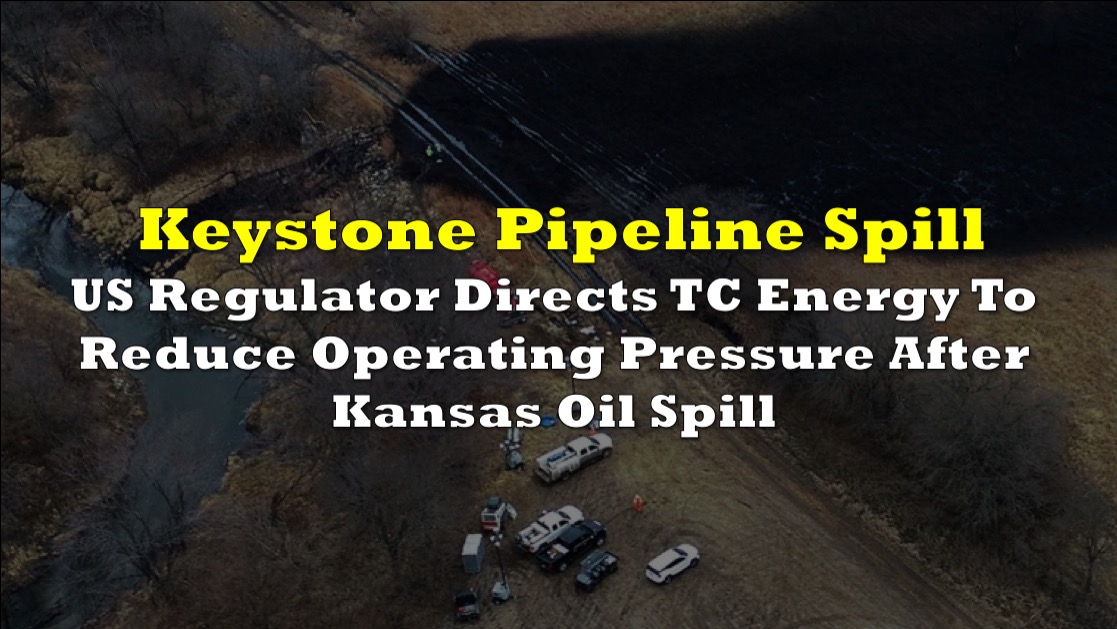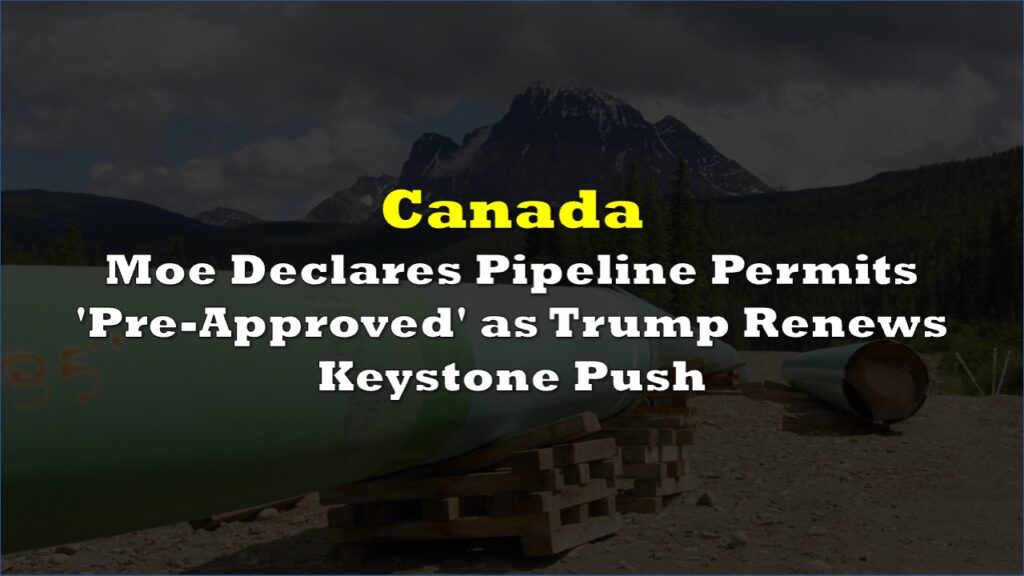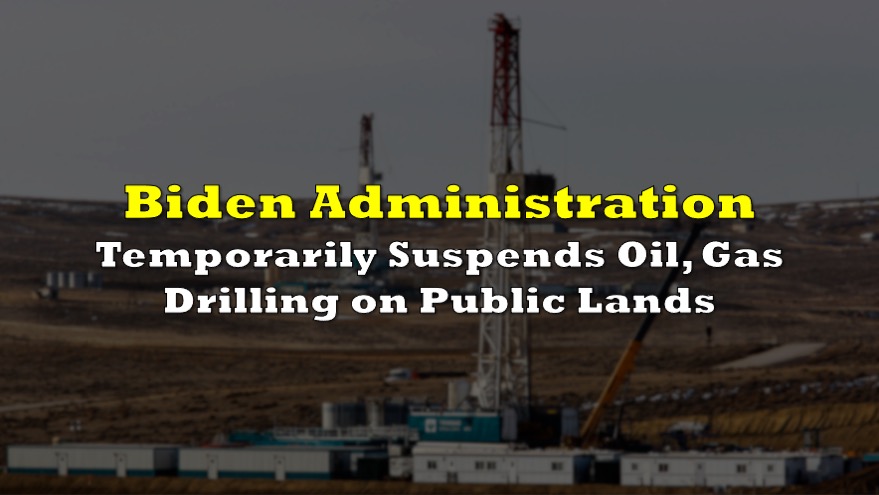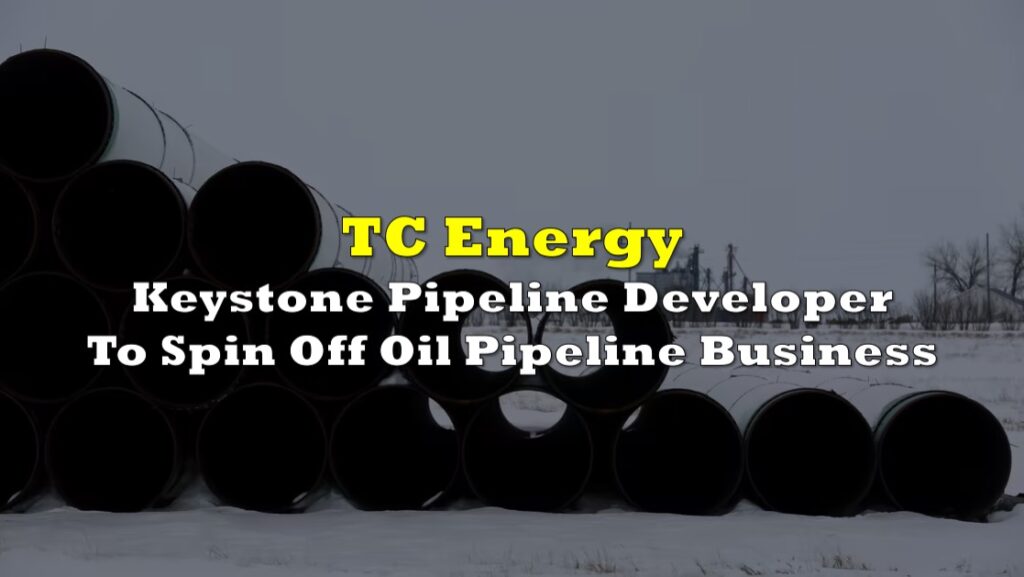The US Pipeline and Hazardous Materials Safety Administration (PHMSA) said on Tuesday that it would require TC Energy (TSX: TRP) to reduce operating pressure on more than 1,000 additional miles (1,609 kilometers) of its Keystone pipeline, which spilled approximately 13,000 barrels of oil in rural Kansas in December.
On December 29, last year, the Canadian pipeline operator performed a controlled restart of the 622,000-bpd pipeline to Cushing, Oklahoma, bringing it to service after a 21-day interruption caused by the largest U.S. oil spill in nine years.
The company’s “operating, maintenance, and/or integrity management programs may be inadequate to address the repetitious pattern of failures related to the original design, manufacture, and construction of Keystone pipeline,” PHMSA said in its order.
The updated corrective action order requires TC Energy to maintain the operating pressure on the concerned pipeline portion at 923 pounds per square gauge (psig).
Furthermore, the operating pressure on the remainder of the pipeline extension from Steele City, Nebraska to the Cushing storage hub, as well as the full 1,025-mile main line from the Canadian border to Illinois refineries, shall not exceed 72% of the required minimum yield strength (SMYS).
This practically equates to a suspension of the special permit awarded to TC Energy by PHMSA in 2007, which allowed the pipeline to run at a stress level of 80% of its SMYS, and the ruling requires TC Energy to reassess the pressure restriction on a monthly basis.
The pressure decreases are expected to reduce oil flow rates throughout the Keystone system, potentially affecting pricing differentials between US and Canadian crude.
According to the decision, the lower pressure must remain in place until TC Energy completes a series of corrective actions, including a review of previous pipeline inspection results, testing a root cause failure analysis, and an evaluation of the company’s geohazard program.
The PHMSA stated that it issued the order without a hearing because of “the increasing severity of spills in recent years” and “the possibility of future failures,” while its investigation into the source of the December spill was underway.
The Canadian pipeline stated last month that a combination of causes, including bending force on the pipe and a weld fault, could have caused the Keystone oil spill, and that the event will cost $480 million.
The discharge volume was updated to 12,937 barrels after measuring the crude injected to refill the pipeline during its restart, while the US Environmental Protection Agency stated that it would continue to work from its independent first estimate of 14,000 barrels.
The current situation is far from 2021 when TC Energy was working on expanding the pipeline–the so-called Keystone XL project. But in June 2021, the Canadian firm confirmed it had terminated the entire pipeline project, which was expected to transport crude from Canada’s oilsands to refineries in the US.
Following Joe Biden’s inauguration in January, the new Biden administration decided to revoke the Presidential Permit, citing environmental concerns. In response, the Canadian government cautioned against the move, suggesting it would weaken relations between the two neighbouring countries.
Information for this briefing was found via Reuters. The author has no securities or affiliations related to this organization. Not a recommendation to buy or sell. Always do additional research and consult a professional before purchasing a security. The author holds no licenses.









